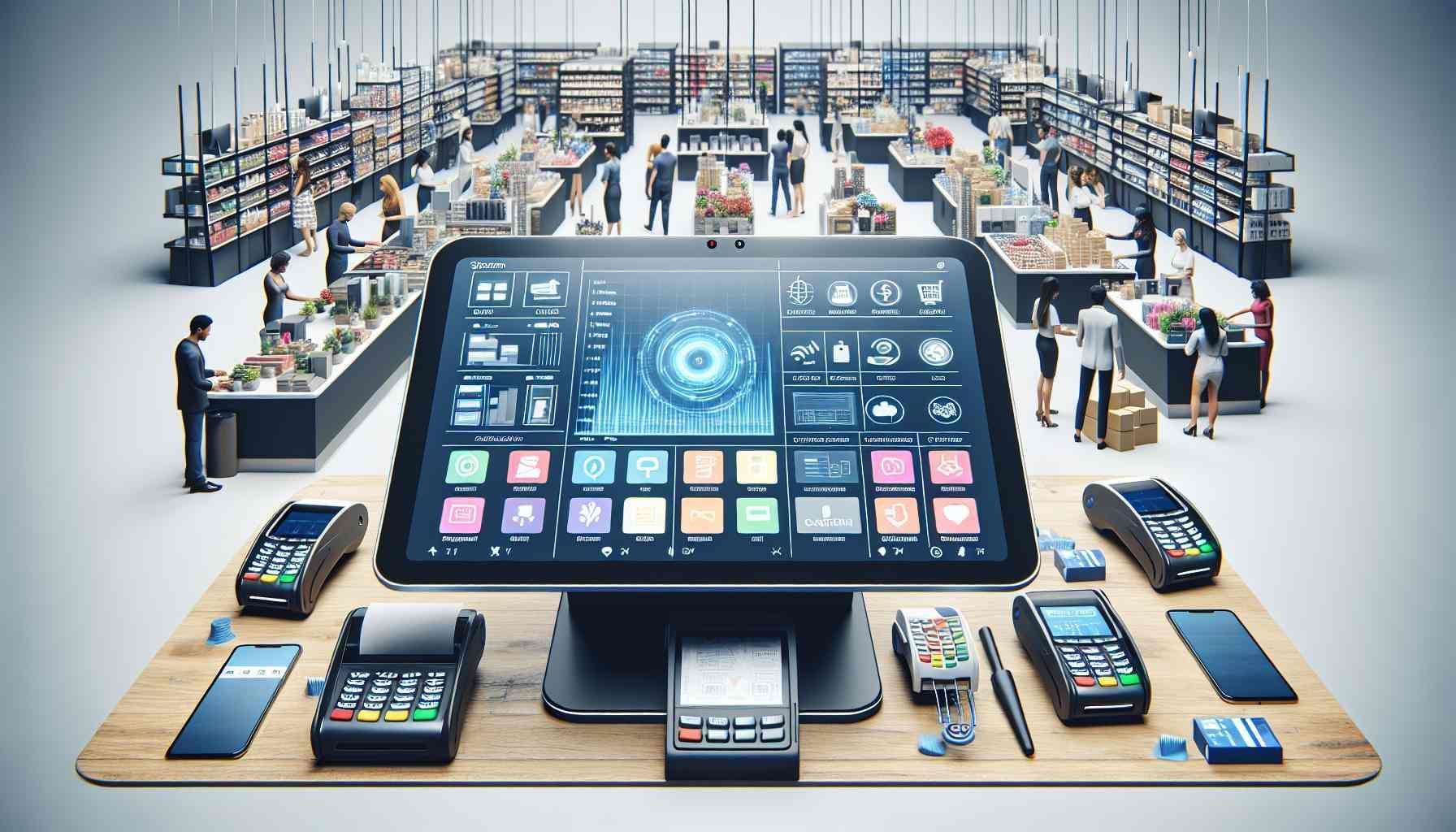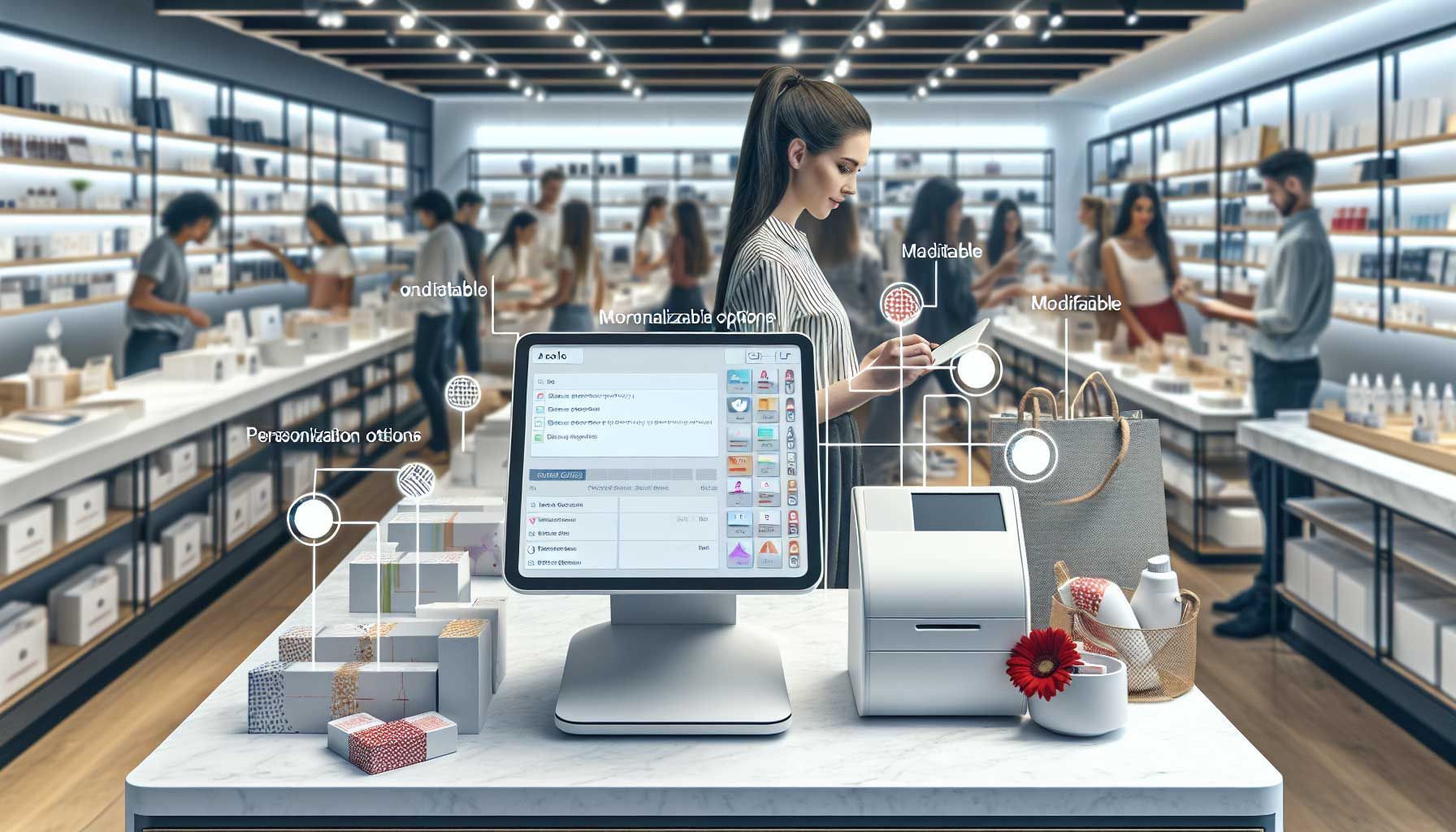My Retail Store Inventory Management Experiences and Tips
Data driven inventory management is an essential part of a successful retail store. However, most retailers still buy by feeling rather than using hard numbers. It is logical that many entrepreneurs prefer this. Still, it is better to use the data. Therefore, in this blog post I would like to show you how to do that.
For 10+ years I have been speaking to retailers about stock management. So, I would like to share this experience with you. There are many tactics that can help optimize your inventory, depending on the industry you are in and the size of your store. Hopefully this will contribute to your success.
What does inventory management mean for your retail store
Inventory management is all about the process of ordering, storing, rotating, and selling products. It’s a critical component of the supply chain and a vital part of retail store operations.
It starts with a retailer deciding what products to carry in its stores. This decision is based on what customers want to buy, how much inventory the retailer has on hand, and how quickly inventory can be delivered from suppliers.
The next step is ordering new inventory from suppliers. When you order from your supplier, you need to make sure that your store has enough room for it when it arrives. You also need to make sure that it will sell before it expires or goes out of style.

The importance of keeping inventory levels at a sustainable level
Retailers have always been faced with the challenge of balancing customer demand with inventory. The goal is to have enough products on hand to meet the demand, but not so many that it goes unsold.
This is a constant battle.
Inventory discrepancy is a major issue for retailers, and it can result in lost sales. Retailers need to keep inventory levels at a sustainable level to avoid the risk of having too much or too little inventory.
When retailers have too much inventory, it might not sell quickly enough and they will have to sell it at a discount. This means that they are not making as much money as they could be if they had sold the items at their original price. When retailers have too little inventory, customers might not be able to find what they are looking for and will end up shopping elsewhere.

How Retail Stores Should Manage Inventory And What it Means for Shoppers
After many tries and conversations, I like to share the ideal process for a retail store to organize its inventory management. For this, it is essential to use a good system. View the steps below and choose software in which this is possible.
The fundament
1. Make sure every product is in the system properly
- Purchase price
- Sales price
- Average number of days in stock
- Barcode.
- Supplier name
- Supplier number
2. Make sure every product is in an article group
In this way you can see in one overview what you have sold per group. That is why it is essential to subsequently link the article groups to so-called subgroups. These can then be subdivided into main groups.
An example of article, sub and main groups in case of jewelry:
- main group = Gold jewelry
- Subgroup = rings, necklaces, bracelets, earrings
- Article group = Gold ring without brand, Gold ring brand 1, Gold ring brand 2
This way you can easily see what you have sold in a specific group. You can then easily zoom in per category to quickly find out what is selling well and what is not.
3. Write off products when they are sold
When you sell an item, you need to write off the stock. This is important because it ensures that you have accurate records of your inventory. It also helps you to manage your expenses and revenue more accurately. This is of course very basic, but for good stock management it is essential that this is done quickly and without errors.
If you have this fundament right, you can better choose what to buy. Let's look at that now.

Choose what to buy strategies
1. Export the stock and sales per main group, subgroup and article group
2. Order based on minimum stock level
3. Export an overview of sales in the coming period of last year
4. What does the consumer want
In the physical store you can also do good market research into the needs of the consumer. Write a short report of each conversation with the customer. This way you will learn more about your target group and its needs. You can then discuss these notes with your colleagues.

Choose which products to sell
So check per item how long it is in stock on average. The desired time varies, of course, per product type. However, remember that if a product is in stock for 180 or even 365 days is really a long time. Unfortunately, this is not uncommon for many retailers. In that case, make sure you highlight the product or create a discount promotion for it.
How to replace slow sellers for bestsellers
If you keep track of inventory management, it's easy to find out what's selling well and what isn't. However, it is much more difficult to replace the poorly selling items with bestsellers. If you buy products that look a lot like your bestsellers, it can get in the way of these runners. Furthermore, you can also sell out products that ultimately add value to the sale of bestsellers. What is the right approach for this?
I like the idea of
this study that most of the time, customers are looking for a bundle of attributes rather than specific products. For example, people often think about things like screen size, resolution, price, and type when they're planning to buy a new TV. By using this technique, you’ll be able to better understand why customers are abandoning items, why they’re settling for second best and tailor the assortment accordingly.
In this way customers may not find their "perfect" product, but they will likely choose another one of your products. This means that you might be able to make a sale even if they don't find what they are looking for.

Understand which attributes matter most to customers
There can be many different types of attributes for a product, such as size, color, price, or any other feature that is important to the customer. The customer will typically rank these attributes from most important to least important. Attributes can also be ranked by importance in relation to each other. For example, a customer may rank color as more important than size because they care more about how something looks than how large it is.
Attributes should be selected based on what type of customer you are targeting and what their preferences are. If your target market is men who care about style over anything else then you should focus on colors and styles when building your product list. If you are targeting women who care about quality over anything else then you should focus on products that have the highest quality.
Then think about what the customer will do if you don't have the right product in stock. For example, if you sell clothes, size is a crucial attribute. If it does not meet, the customer will not buy. While the customer may want to opt for a different color or a different material.
Finally, calculate the total sales per most important attribute (in this example size). By ranking the various other attributes and grouping them, you can create the correct article groups.
Two important factors that can affect sales data
The first factor is that upselling and trading down counts as well. Therefore, try to find out how many people bought a more expensive or cheaper product if the product in another category was not in stock. This ensures that you can make a better estimate of the needs of the consumer. Customer information is important for this. For example, the income can have an influence or the condition of other products (you do not install a new kitchen in a house that you will be moving out of in 2 years).
The second factor is the stock level. If there was little stock, little may have been sold. For example, if you offer a limited selection a cheaper category, because you think you could trade customers up to a higher priced category, you may be missing out. Not 100% of your customers will be willing to pay more for what they need.
Next is decide on pricing
Does clustering products in your store or per location works?

Conclusion: How to stock up inventory for your retail store?
You can stock up the inventory of your retail store by looking at what customers want and what you currently have in stock. Furthermore, analyze what you sold and what upcoming trends are. This will help you better predict your inventory needs.
It's important to know what customers want so that you can make sure that your store is well stocked with the items they're looking for. You also need to know which products are selling well in order to predict future inventory needs and make sure that there is enough on hand at all times. There are a number of ways to gather this information, including conducting surveys or asking customers directly about their preferences. Once you've done this, it's time to take a look at your current inventory.
Use all available information
What are the best wholesale products to sell?
How do you inventory a small store?
As a small store, you may have less sales data and opportunities to take up a large inventory. That is why we recommend building a stronger cooperation with the supplier. By having a good insight into the stocks of suppliers, it is easier to make this analysis for the products you want to purchase. It is useful to be able to purchase products in smaller numbers and to choose a supplier with fast delivery times.
Furthermore, by choosing to cover a certain market, it is possible to grow your revenue with fewer products. You can also build up your market share by expanding the range of products you offer. However, this is not always easy as you have only limited time and sales data from which to make conclusions.
Collaboration with suppliers
Suppliers are an essential part of the supply chain and good inventory management. Collaborating with suppliers can be beneficial for both parties, as it allows them to share risks and reduce costs. A company can also use this collaboration as an opportunity to create a long-term relationship with their supplier, which will allow them to learn about each other's capabilities and needs.
However, for the best results, it is essential that systems from both the supplier and the retailer are seamlessly connected. This makes it possible to share stock and sales in real time. That is why it is possible with
Retailgear for industries to create a single standard in the field of product information. This can then be used to make better decisions to put together the perfect range.


We look forward to share the best strategies with you.
Thank you!

Bring your shop to the next level
Hi, I'm George and I like retail and technology. Therefore, my passion here at Retailgear.com is to provide you with reliable information to automate and digitize your store. You can find out what we can do for your industry through our menu. Also, feel free to check out this updated list of retail tools.
Get inspiration in your inbox to get more sales and store visitors with less effort.











